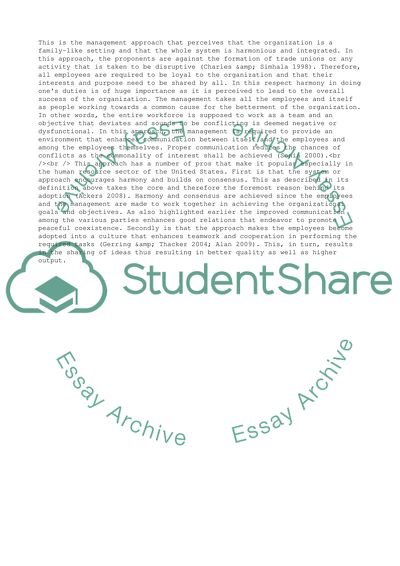Cite this document
(Unitarism and Pluralism in Industrial Relations Case Study, n.d.)
Unitarism and Pluralism in Industrial Relations Case Study. Retrieved from https://studentshare.org/management/1566152-human-resource-managemnent
Unitarism and Pluralism in Industrial Relations Case Study. Retrieved from https://studentshare.org/management/1566152-human-resource-managemnent
(Unitarism and Pluralism in Industrial Relations Case Study)
Unitarism and Pluralism in Industrial Relations Case Study. https://studentshare.org/management/1566152-human-resource-managemnent.
Unitarism and Pluralism in Industrial Relations Case Study. https://studentshare.org/management/1566152-human-resource-managemnent.
“Unitarism and Pluralism in Industrial Relations Case Study”. https://studentshare.org/management/1566152-human-resource-managemnent.


